Unique approach to pain rehab earns notable outcomes
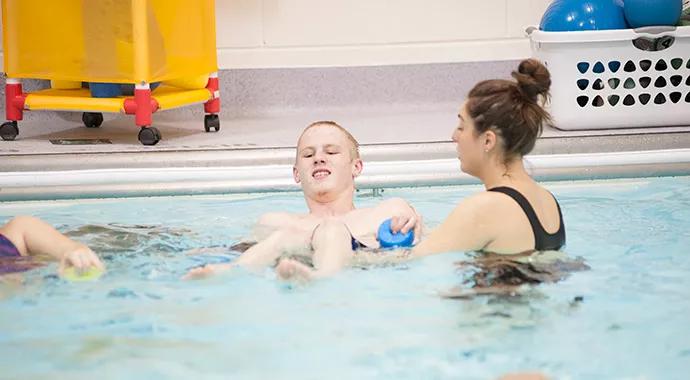
The American Pain Society has named Cleveland Clinic Children’s Pediatric Pain Rehabilitation Program a 2015 Clinical Center of Excellence in Pain Management. The award will be presented at the organization’s annual scientific meeting in Palm Springs in May.
Cleveland Clinic is a non-profit academic medical center. Advertising on our site helps support our mission. We do not endorse non-Cleveland Clinic products or services. Policy
Cleveland Clinic Children’s is also the first and only pediatric specialty pain rehabilitation program in the world to be accredited by the Commission on Accreditation of Rehabilitation Facilities (CARF).
The Pediatric Pain Rehabilitation Program blends two weeks of intensive inpatient treatment with one week of outpatient treatment tailored for each child. It is staffed by an interdisciplinary team of experts in behavioral health, medical sciences and rehabilitation.
The program most often treats children and adolescents with:
When standard therapies, including surgery and medications, have been exhausted, the Pediatric Pain Rehabilitation Program offers children physical and psychological tools to lead an active life and prevail over pain.
Care combines:
Pediatric medicine. Pediatric hospitalists and medical specialists help plan treatments, supervise medical care and monitor patients’ progress.
Behavioral health services. Experts help patients enhance pain management skills and facilitate emotional adjustment and family functioning.
Individual and family therapy. Patients learn mind-body skills, using proven pain management strategies, including:
Patients also are exposed to complementary medicine techniques, such as aromatherapy and acupressure.
Rehabilitation therapies. Patients have intensive physical therapy and occupational therapy each day. Sessions focus on:
Recreation therapy/leisure education. Participation in recreational therapies helps children develop skills and improve social interactions. Activities such as swimming and music therapy can help facilitate the child’s return to age-appropriate leisure activities.
Parent and family education. Parents and families learn about the physical, psychological and social effects of pain and disability — and their treatment — on the child. They also learn how to encourage normal activity and discourage pain behaviors.
School re-entry. Patients work on assignments from their home school during the three-week program. Teachers from the Cleveland Metropolitan School District provide tutoring. During the final week, program staff meet with the patient’s home school to discuss the patient’s diagnosis and functional abilities, as well as the need to focus on abilities and activities — not pain.
Program results show significant improvement in patients’ pain and function. Physical activity and social activity improve markedly as well.
During the first three years of the program, Cleveland Clinic Children’s treated 190 adolescents (mean age 15.12 years) with chronic pain and associated disabilities. Follow-up analysis revealed these averages:
| Upon admission | Two years after completing the program | Three years after completing the program | |
|---|---|---|---|
| Missed school days per week | 3.32 | 0.22 | 0.32 |
| Parents’ missed work days per week | 2.51 | 0.16 | 0.00 |
| Pain on a scale of 0 to 10 | 6.76 | 3.79 | 3.00 |
| Missed school days per week | |||
| Upon admission | |||
| 3.32 | |||
| Two years after completing the program | |||
| 0.22 | |||
| Three years after completing the program | |||
| 0.32 | |||
| Parents’ missed work days per week | |||
| Upon admission | |||
| 2.51 | |||
| Two years after completing the program | |||
| 0.16 | |||
| Three years after completing the program | |||
| 0.00 | |||
| Pain on a scale of 0 to 10 | |||
| Upon admission | |||
| 6.76 | |||
| Two years after completing the program | |||
| 3.79 | |||
| Three years after completing the program | |||
| 3.00 |
“These results support the utility of our treatment approach,” says Program Director Gerard Banez, PhD. “Our patients show enduring improvement in important domains of real-world functioning two and three years following program completion.”
For more information, visit clevelandclinicchildrens.org/painrehab.
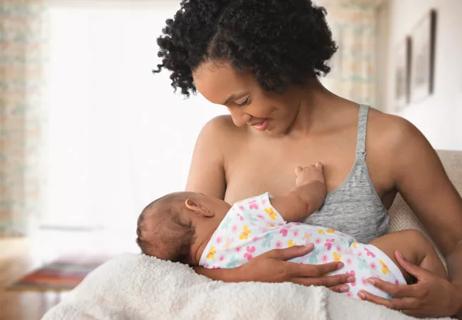
Cleveland Clinic physicians offer their insights

Increasing support for breastfeeding patients

Program has facilitated nearly 300 consults across 25 departments in less than a year
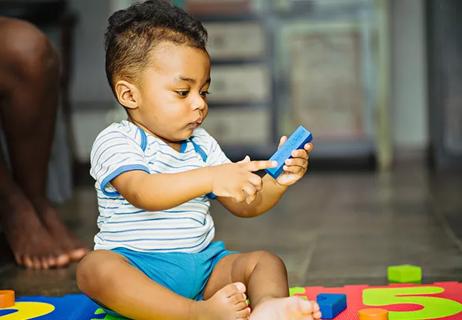
Though completely preventable, lead poisoning remains a public health threat
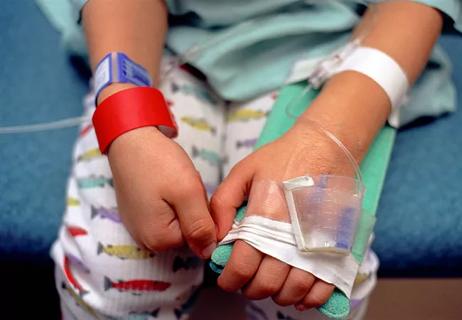
Differences in infection rates, management, outcomes and transmission
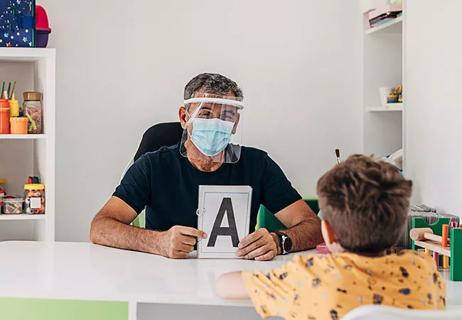
Helps patients visualize proper tongue placement

On the need for coordinated care